
Zim Now Writer
Stanbic Bank Zimbabwe now commands between 40% and 45% market share in the mining sector, a top official of the financial institution has said.
Stanbic’s head of investment banking, Terence Mapfumo said this while presenting a paper at the Chamber of Mines conference held in Victoria Falls recently
“We hold the biggest share in terms of mining business in this country. Estimates range between 40 to 45%,” he said.
“I think that explains our keen interest in supporting the chamber. We will always be here working with you to try and come up with solutions, which are relevant as we go into the future.”
Stanbic Bank chief executive Solomon Nyanhongo, who also spoke at the conference, said the mining sector had the potential to drive sustainable growth and development across Africa and beyond, especially if key stakeholders worked together towards achieving this goal.
“Stanbic has dedicated and experienced relationship managers whose sole purpose is to ensure our clients receive all the necessary support,” he said.
Related Stories
“The bank also leverages on the support of a specialised mining and metals desk at Standard Bank Group level, which helps us to efficiently assess running mining projects and offer specialised advice where required.”
Stanbic said in a statement that several mining houses had leveraged off facilities, which had allowed them to purchase new equipment and refurbish existing plants.
“Stanbic Bank has extended its services to assist clients with the understanding of various exchange control and legislative requirements as changes take place. The bank has developed customised financial literacy sessions, which speak directly to the mining sector and its operations ensuring total compliance for their clients,” it said.
Nyanhongo added that the bank had adopted an intentional growth strategy for the mining industry for the past 30 years as it played a pivotal role in boosting the sector in line with national targets.
He said the bank understood the vital role that mining played in Zimbabwe’s economy and was proud and committed to support this industry through its banking services and financial expertise.
“It is imperative to utilise and maximise on platforms such as the conference and its unique opportunity to come together, share insights and experiences, and collaborate on solutions to the challenges facing our sector and hopefully forge new partnerships,” Nyanhongo said.
Mineral exports increased to US$5.6 billion in 2022, compared to US$5.1 billion in 2021, largely driven by strong output performance and favourable commodity prices. In 2023, mineral exports are expected to surpass US$6 billion as attractive prices are anticipated to persist throughout the year.
Average capacity utilisation for the mining industry increased to 81% in 2022, from 80% in 2021. Notable increases in capacity utilisation were in respect of gold and coal, while full capacity utilisation was maintained in the platinum group metals sector.
In 2023, average capacity utilisation is expected to increase to 84%. Factors that constrained full capacity utilisation in some mineral sub sectors included electricity outages, foreign exchange shortfalls, capital shortages and high operating cost structure, according to the Chamber of Mines.



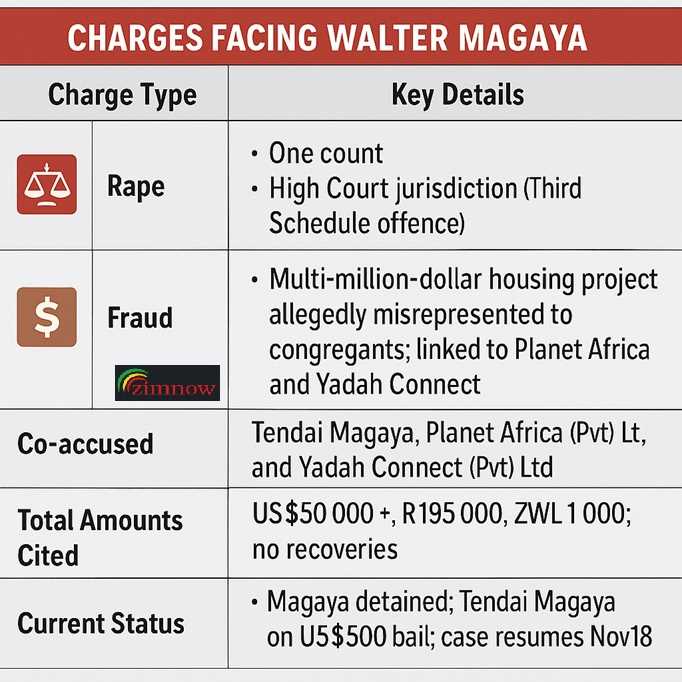


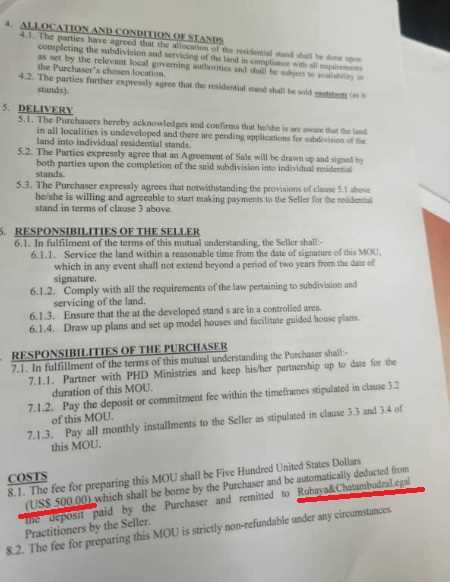



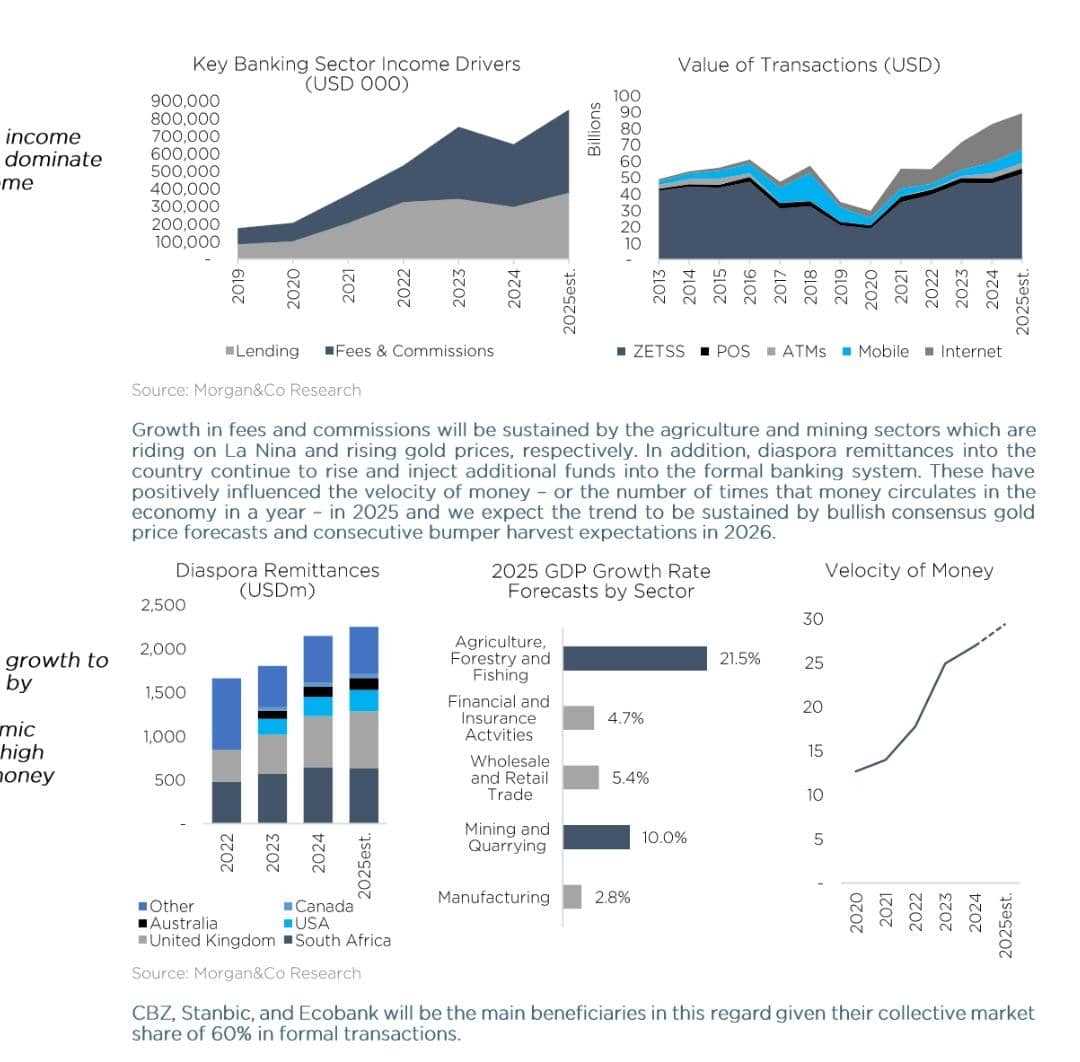
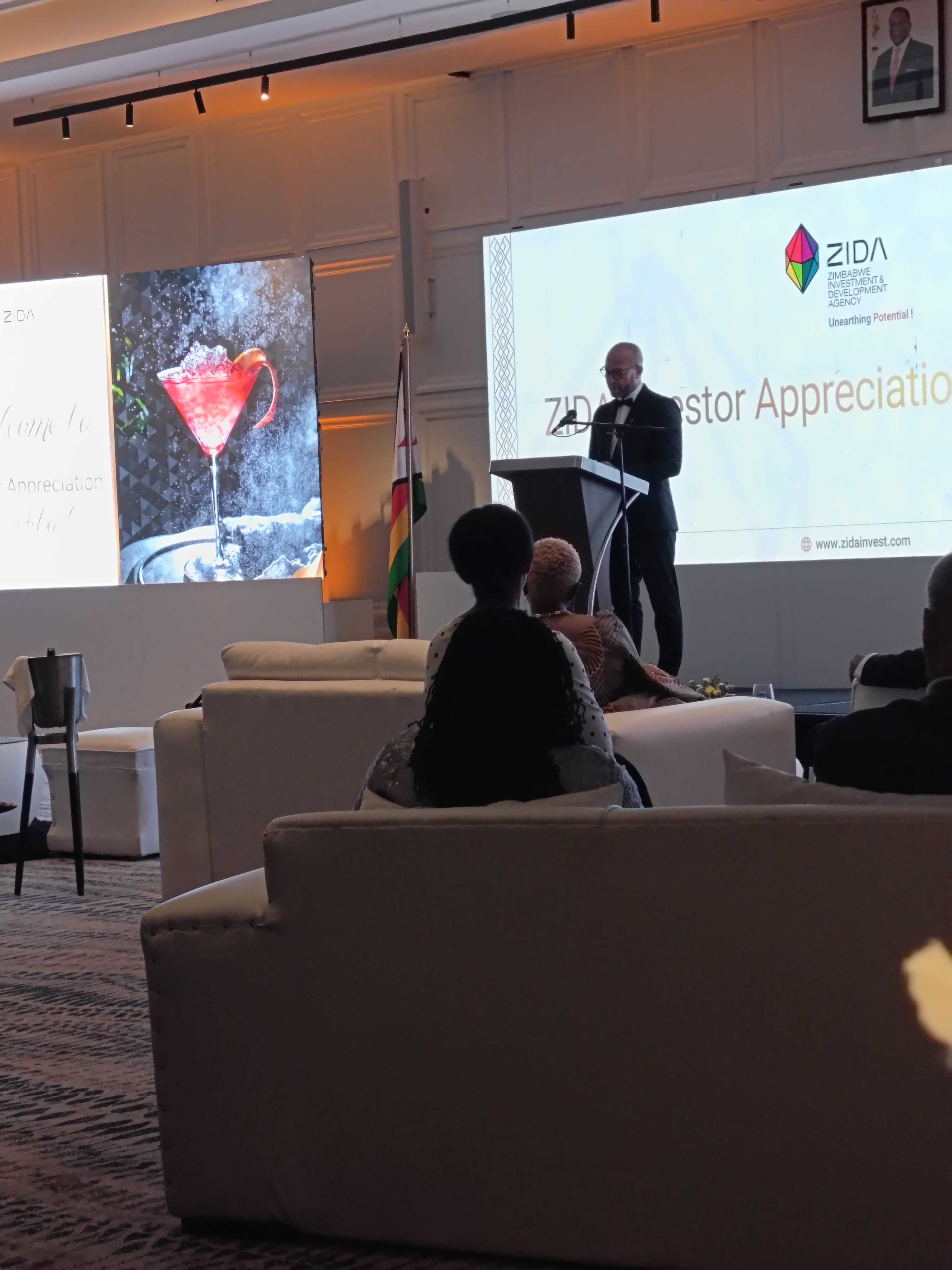
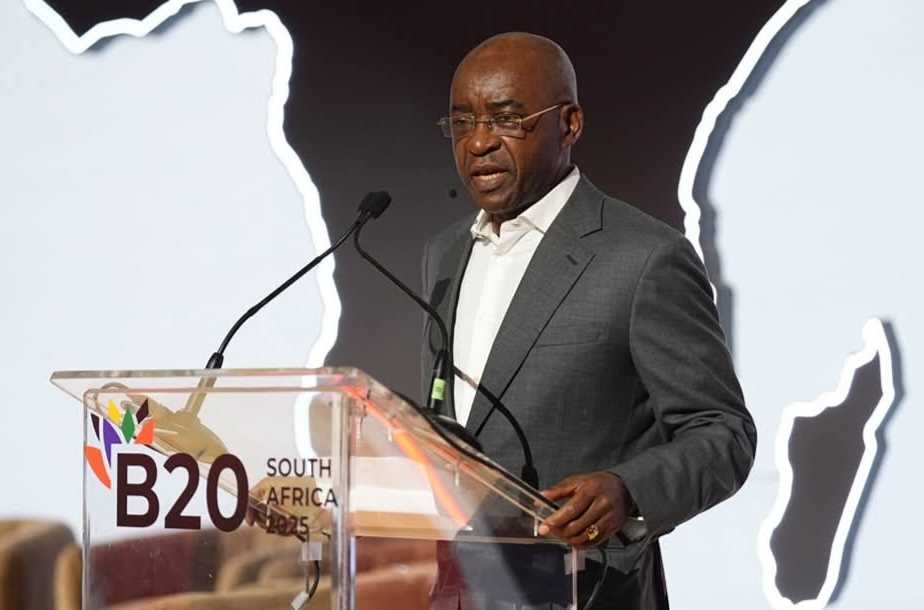







Leave Comments